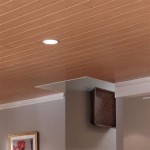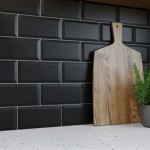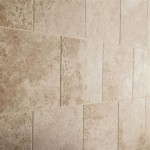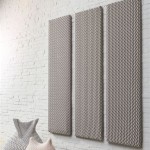Transitioning From Ceramic Tile to Laminate Flooring: A Comprehensive Guide
Transitioning from ceramic tile to laminate flooring can significantly enhance the aesthetics and functionality of your home. However, achieving a seamless transition requires careful planning and expert execution. This guide will provide you with a comprehensive overview of the essential aspects to consider when making this flooring change.
1. Surface Preparation
Begin by removing any existing baseboards or moldings around the ceramic tile. Use a utility knife to carefully score the grout lines and remove the ceramic tiles using a hammer and chisel. Smooth the subfloor using a grinder or sander to create an even surface for the laminate flooring.
2. Moisture Barrier
Ceramic tiles often create a moisture barrier, which must be replaced when switching to laminate flooring. Install a polyethylene vapor barrier over the subfloor to prevent moisture from seeping up and damaging the new flooring.
3. Underlayment
Laminate flooring requires an underlayment to provide cushioning and reduce noise. Choose an underlayment specifically designed for laminate floors that meets the manufacturer's recommendations for thickness and moisture resistance.
4. Expansion Gap
Laminate flooring expands and contracts slightly with temperature and humidity changes. Leave a small expansion gap around the perimeter of the room and around any obstacles to allow for this movement.
5. Transition Thresholds
To create a smooth transition between the ceramic tile and laminate flooring, use transition thresholds. These strips cover the edge of the laminate flooring and provide a ramped surface for easy movement between different flooring materials.
6. Moldings and Edge Capping
Moldings and edge capping can enhance the transition by hiding imperfections and providing a finished look. Baseboards can be installed along the walls to cover the expansion gap and create a seamless transition between the flooring and the wall.
7. Nail Down or Float Installation
There are two primary installation methods for laminate flooring: nail-down and floating. Nail-down flooring is fastened directly to the subfloor, while floating flooring is clicked together and laid on top of the underlayment. Choose the installation method based on the specific requirements of your project.
8. Professional Installation
While DIY enthusiasts may be tempted to tackle this project, it's highly recommended to hire a professional flooring installer. A skilled installer will ensure proper preparation, accurate measurements, and flawless installation, resulting in a durable and aesthetically pleasing transition.
Conclusion
By carefully considering these essential aspects, you can achieve a successful transition from ceramic tile to laminate flooring. Remember to plan ahead, prepare the surface thoroughly, and consider the specific requirements of your project. With proper execution, you can create a seamless and aesthetically pleasing transition that enhances the beauty and functionality of your home.

Tile Transition Strips How To Handle Flooring Transitions

Guide To Flooring Transition Strips Nufloors

Tile Transition To Laminate Wood Grain Flooring

Tile Transition Strips How To Handle Flooring Transitions

Guide To Flooring Transition Strips Nufloors

Tile To Wood Floor Transition Ideas 11 Clever Ways Atlas Ceramics

How To Install A Transition Strip On Floor

How To Transition Diffe Tile Wood Floor Heights

Can You Put Laminate Flooring Over Ceramic Tiles Mellowpine

Kitchen Tile To Wood Floor Transition Ideas Flooring By Sammer
Related Posts








